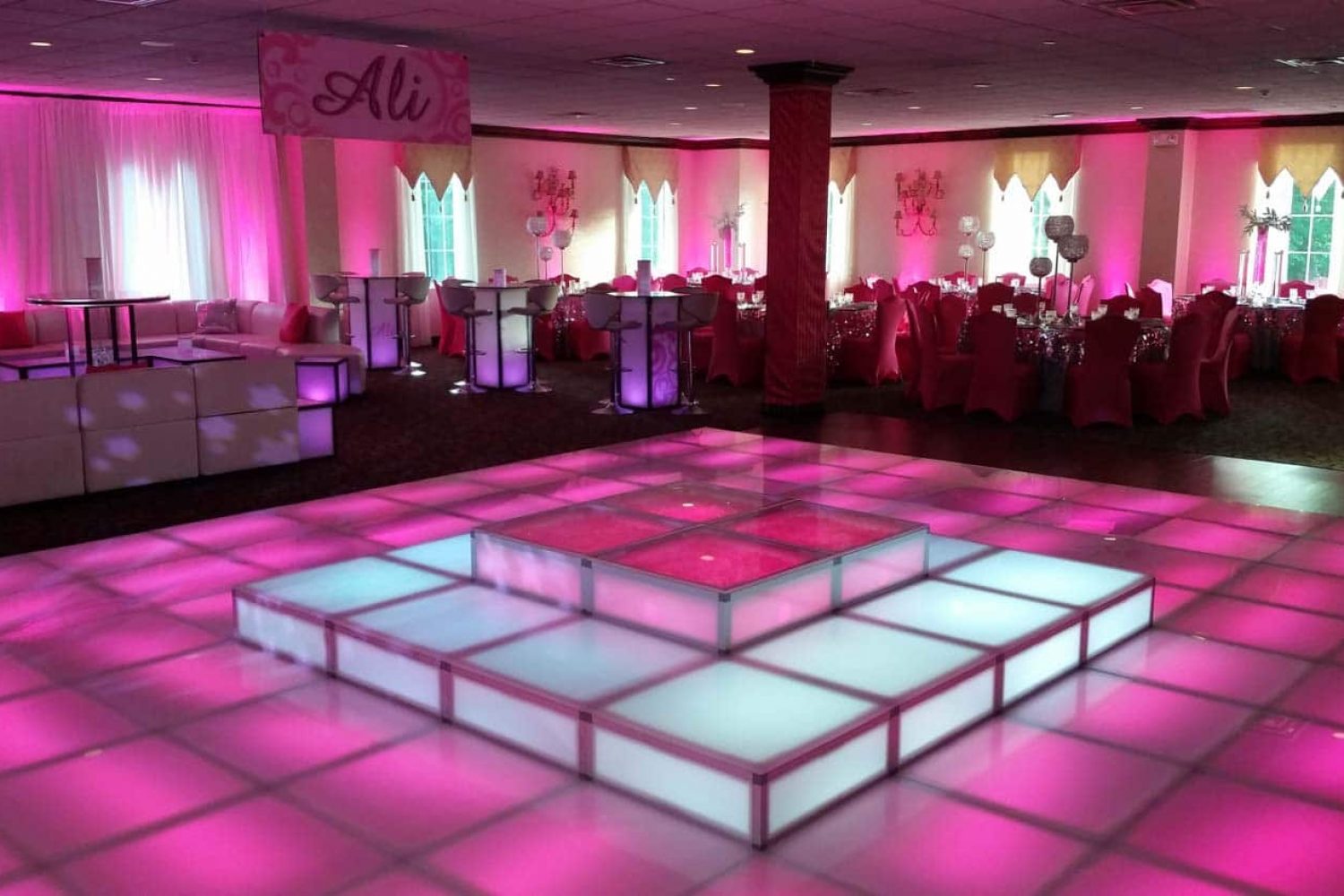The Transformative Strength of Illumination in Improving Movement Area Aesthetics
The Transformative Strength of Illumination in Improving Movement Area Aesthetics
Blog Article
Lighting plays a key role in shaping the atmosphere of a dancing area. It can transform a plain space into an exciting setting that enhances the complete encounter for performers and spectators alike. The correct lighting can influence the feeling, energy, and even the type of the dance being executed. By using multiple types of lighting, such as spotlights, colored illumination, and strobe effects, event planners can create a lively environment that captivates the audience and encourages involvement.
One of the main functions of lighting on a dance floor is to illuminate the performers. Focused lights can be used to focus attention on solo dancers or teams, making them the center of attention. This method not only displays their movements but also adds a layer of drama to the performance. When dancers are illuminated effectively, their facial expressions and techniques become more apparent, allowing the audience to appreciate their skills. This focused lighting can also help to create a story, leading the spectators through the show.
In furthermore to showcasing performers, colored illumination can greatly affect the atmosphere of the dance floor. Various colors evoke different emotions; for example, warm colors like red and orange can create a sense of excitement and energy, while cooler colors like azure and emerald can encourage tranquility and ease. By thoughtfully using colored lights, event planners can control the atmosphere to match the theme of the event or the style of the dance. This thoughtful approach to lighting design can enhance the complete encounter for everyone involved.
Strobe lights and other dynamic lighting effects can also add excitement to a dancing area. These features can generate a sense of beat and motion that matches the music being played. When synchronized with the rhythm, flashing lights can make visit the site the dancing area feel vibrant, inviting dancers to groove in time with the pulsing lights. This interaction between light and music can elevate the vitality of the event, making it more enjoyable for both performers and spectators. The use of such features requires thoughtful consideration to ensure they improve rather than distract from the performance.
Finally, the overall setup of the lighting arrangement is essential for creating a cohesive look on the dancing area. A carefully planned lighting strategy considers the layout of the area, the kind of performance being executed, and the spectators' experience. By combining various lighting methods, such as background lighting, highlighting, and unique features, organizers can create a aesthetically impressive environment. This attention to specifics not only improves the show but also leaves a memorable impact on the audience, making the event unforgettable. In summary, the transformative power of lighting is essential in improving dance floor aesthetics, establishing an captivating and enjoyable experience for everyone.